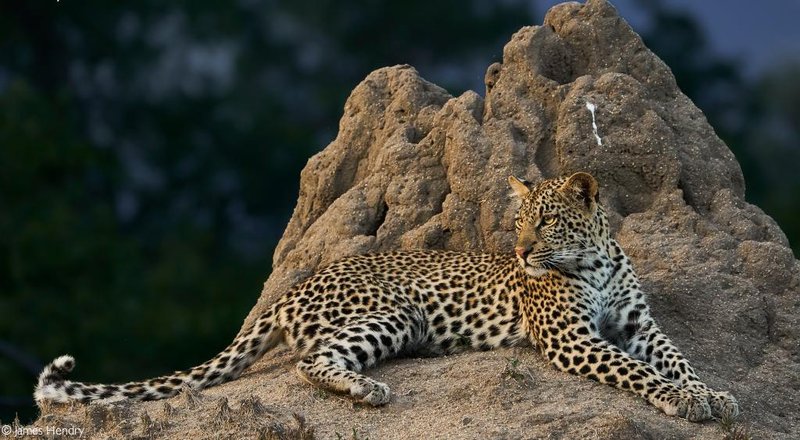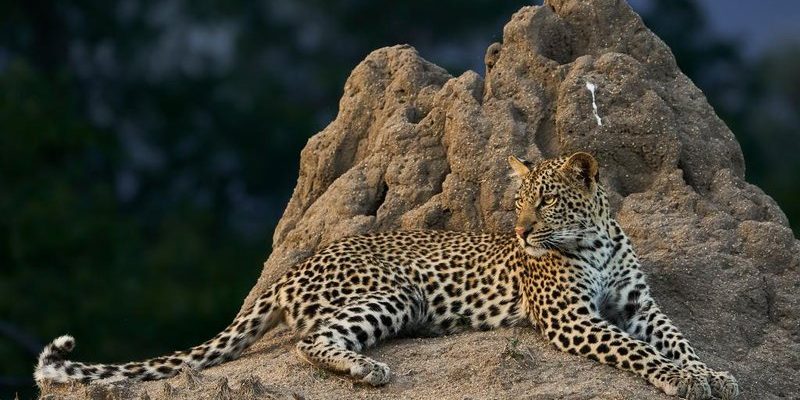
Let’s imagine a splendid party filled with diverse guests, each with their quirks and stories to tell. The African leopard is one of the highlights of this gathering, but lately, some guests have been leaving early, and the party is starting to lose its charm. Understanding the status of the African leopard helps us grasp not just their plight but also the broader dance of wildlife conservation.
To get a clearer picture, we’ll dive deep into what threatens the African leopard, the efforts being made to protect them, and what we can do to help. You might be surprised at how connected we all are in this endeavor.
Understanding the Status of African Leopards
African leopards are classified as *Near Threatened* by the International Union for Conservation of Nature (IUCN). While they’re not currently on the brink of extinction, their numbers are dwindling in some areas. This is mainly due to habitat loss and poaching.
The leopards have a wide range across various habitats—from savannahs to rainforests—but their numbers vary significantly in different regions. In some places, like South Africa, conservation efforts have helped stabilize populations. In others, the situation is more dire. You might be wondering, “What causes these differences?” The answer lies in human activity.
The expansion of agriculture and urban areas often leads to diminishing habitats for these magnificent creatures. A leopard that once roamed freely now finds itself cornered into smaller spaces, making survival a tricky game of hide and seek with danger.
Why Are African Leopards Losing Their Habitat?
Habitat loss is a significant player in the decline of the African leopard population. It’s like putting together a jigsaw puzzle, but every time you think you’ve got it figured out, pieces keep disappearing. The primary culprits include:
- Deforestation: Cutting down trees for timber or to clear land for farming removes their homes and food sources.
- Urbanization: As cities expand, leopards are pushed further away from their natural habitats.
- Agricultural Expansion: Crops and livestock attract leopards, leading to human-wildlife conflict when leopards prey on domestic animals.
All of this creates a ripple effect that increases the risk of human-animal conflict. Imagine if your backyard shrunk overnight—how would you feel? African leopards experience a similar loss, having their entire hunting grounds squeezed tighter and tighter.
The Threat of Poaching and Illegal Trade
Another big factor contributing to the endangered status of the African leopard is *poaching*. You might think of poaching as a distant problem, but it’s very real and impactful. Poachers hunt leopards for their beautiful pelts, which can fetch high prices on the black market.
The trade goes beyond just skin; leopards are often targeted for their bones and other body parts used in traditional medicine. Here’s a tough pill to swallow: every time a poacher takes a leopard from its environment, the impact cascades through the ecosystem. Without leopards, populations of their prey animals can swell, leading to imbalances that affect the entire habitat.
Conservationists are working tirelessly to combat poaching through anti-poaching patrols and education. For every story of loss, there are stories of hope. But this is an uphill battle, and support from the public is crucial.
Current Conservation Efforts for African Leopards
So, what’s being done to help the African leopard? There is a lot happening on the ground, and it’s a mix of dedicated conservation work and community engagement. Organizations are stepping up to protect leopards by:
- Creating Protected Areas: National parks and reserves provide safe havens for leopards to live and thrive.
- Community Education: Teaching locals about the ecological importance of leopards helps reduce retaliatory killings.
- Anti-Poaching Ranges: These are crucial in protecting leopards from illegal hunting.
One inspiring example is the work of the African Wildlife Foundation, which engages local communities in conservation efforts. By showing how leopards can be valuable assets to tourism, these initiatives help communities see them as allies rather than threats.
How Can You Help African Leopards?
You may already be thinking about how you can contribute to saving the African leopard. And that’s a fantastic mindset! Here are some simple ways to get started:
- Support Conservation Organizations: Donations or volunteering can make a huge difference.
- Spread the Word: Social sharing raises awareness. The more people know, the stronger the movement grows.
- Be a Responsible Tourist: When visiting Africa, support eco-friendly tourism that contributes to wildlife protection.
Every small action counts. Just like a pebble creates ripples in a pond, your efforts can impact the bigger picture of conservation.
The Importance of Biodiversity
The conservation of African leopards matters not just for their sake but for the health of the entire ecosystem. Leopards play a critical role as apex predators, helping maintain the balance of the species they prey on. When one species dwindles, it can cause a domino effect that impacts countless others.
Think about it: if leopards weren’t around, there could be an overpopulation of herbivores, leading to overgrazing. This ultimately affects vegetation, water sources, and the other animals dependent on these resources. Protecting leopards helps safeguard biodiversity, which is essential for a healthy planet.
The answer to “Is the African leopard endangered?” is complicated. While they face numerous threats, there is hope through ongoing conservation efforts, community engagement, and increased awareness. Each of us can play a part in ensuring that future generations can enjoy the sight of these stunning creatures roaming freely in their natural habitats.
By understanding their struggles and supporting efforts to protect them, we help foster a brighter future for African leopards. So, next time you hear about leopards, think of them not just as beautiful animals, but as vital pieces in the intricate puzzle of life on Earth. Together, we can help keep their story alive.

